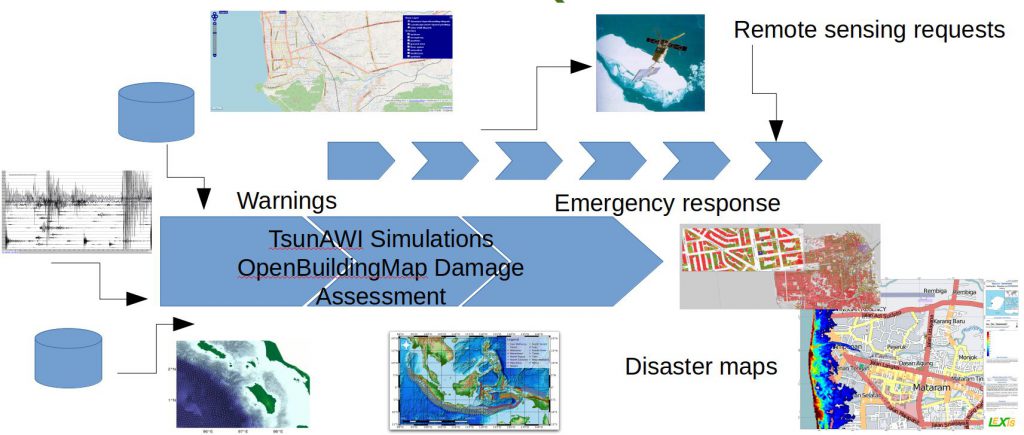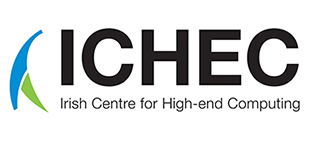Earthquake and Tsunami
The Earthquake and Tsunami large scale pilot was about building with LEXIS a time-constrained HPC emergency response simulation and decision support flow. It combined:
- Fast, rough on-line simulations, giving immediate, but only approximate, results,
- Accurate compute intensive simulations, giving iteratively more and more precise results about the extent and damage,
- Offline scenario data, pre-computed scenarios to be used by experts as support for decision making,
- Time-constrained flow control, ensuring that at pre-set deadlines, the flow provides the best information it has computed so far,
- Live updates, so that both background information and new, ground or sensor information is immediately propagated into the flow. External data sources (remote sensing) will also be called upon in the process, both on flow outcomes and as flow inputs.
- Emergency support data products processing; maps, damage and loss estimates.
This pilot brought together among the best components in the field, covering:
- Tsunami simulations: on-line, on-time precise simulations with TsunAWI,
- Damage exposure and estimate with OpenBuildingMap,
- Time constrained HPC / Data workflow: the ability to express time constraints at which point preliminary data must be made available,
- Data exchanges: the ability to acquire data, and to deliver data products on time: warnings, estimates, maps,
- Optimisation: analysis and deployment of optimisation techniques to improve the ability of the system to provide accurate decision support on time,
- Infrastructure: on the LEXIS technology and interfaces, and as a mapping on HPC and cloud resources.
The formalisation and implementation of an urgent computing workflow has been the main focus of the Earthquake and Tsunami pilot. To this end, the partners working in this pilot had to adjust their software to be able to seamlessly communicate between each other. The most computationally expensive computation of the tsunami inundation made by the TsunAWI was optimised and parallelised with MPI, which made it significantly faster. The system for managing a building database, central for damage assessment in the workflow, was completely remade from the ground up and made at least 50 times faster than before. The complete workflow then is able to provide the outputs for emergency warnings in a timely manner.




















